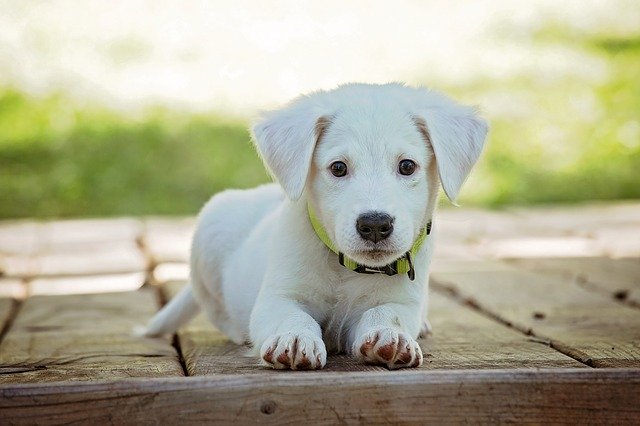
Cats and dogs are curious animals and often seem to discover things in the yard you never even knew were there. Puppies and younger pets are particularly dangerous, they’ll try and play with anything. With all those temptations around, it’s important to know the risks, and how to keep your garden safe for pets. Even the toughest of animals can let their inquisitive nature get the better of them, and can be vulnerable to manmade chemical products. Here are seven tips to make your yard a safer place for furry visitors.
Get the vet on the phone
If you have any doubts at all the first thing to remember is to call the vet. Even if you just have a couple of questions, they’ll be able to tell you everything you need to do. Alternatively, you could try calling a pet hotline for help and advice. If you suspect your pet has eaten something toxic, take it to the vet for an emergency appointment.
Another handy tip is to keep some hydrogen peroxide at home which induces vomiting. Dogs and cats have natural resistance and will often eat grass to induce vomiting, but if you think they are in distress having some to hand, among other pet first aid items, couldn’t hurt. Hydrogen peroxide works in about 10-15mins, so you’ll quickly have a better idea of what’s up.
Do your research
Find out what plants you have in your garden and if any of them are dangerous. Some plants look perfectly innocent but can be poisonous. Lilies aren’t good for cats, in fact, they can even cause kidney failure. Other common flowers including daffodils, tulips, and hyacinths can be toxic to animals. Here is a list of all the common toxic and non-toxic plants.
Your vet will also be able to help you with this and give you a list of typical symptoms of intoxication. It’s always best to be prepared just in case. When you buy new plants you can ask at your local garden center for advice about how to make them safe for pets.
Careful with veggies
As well as certain plants, some items in your vegetable garden can be harmful to dogs and cats too. You don’t want them to eat them, particularly garlic, onions, leeks, chives, or unripe tomatoes. Tomatine in unripe tomatoes may cause heart conditions.
It’s a good idea to fence off your vegetable patch. Standard chicken wire should work and keep an eye on them digging. Alternatively, you could plant seeds in hanging baskets to keep them out of the way. You could try covering the plants with plastic sheets and hide them out of sight.
Time for a clearout
It might be time for a garden clearout to get rid of unwanted debris and potentially dangerous items. You could look into a Dumpster Rental service to make the process a lot easier. Take the opportunity to do some yard DIY projects, and simply throw all the waste straight into the dumpster.
Your yard will be safer if it’s tidier. Get rid of grass clippings and plant trimmings immediately after cutting them. While normally fine in the grass, your pet might have an allergic reaction if they encounter too much. Dogs in particular might be tempted to roll in it or eat it.
Keep fertilizers and pesticides away
You can still use these if you have pets but keep them away when you apply them. Make sure you read the instructions clearly about what to do after the application with animals. Dogs might be attracted to new smells especially, and organic fertilizers in particular. You never know what ingredients might be harmful.
Even be careful with natural composts as your pets aren’t used to the large quantities of organic material. They could get sick if they eat too much, and they might be tempted by a new scent. Here is a simple guide to fertilizer and mulch, and the effect both have on dogs.
Avoid poison altogether
If you have pests or an infestation of some kind avoid using poison. It will be difficult to prevent your pets from picking up and eating pellets of poison for rodents. Using insecticides could also be problematic. Most of them are irritants to dogs and cats but always read the label. Here is a quick guide to pesticides.
As long as you supervise your pets, they should be fine in the yard. The best way to do this is by playing outside together this summer.

Leave a Reply